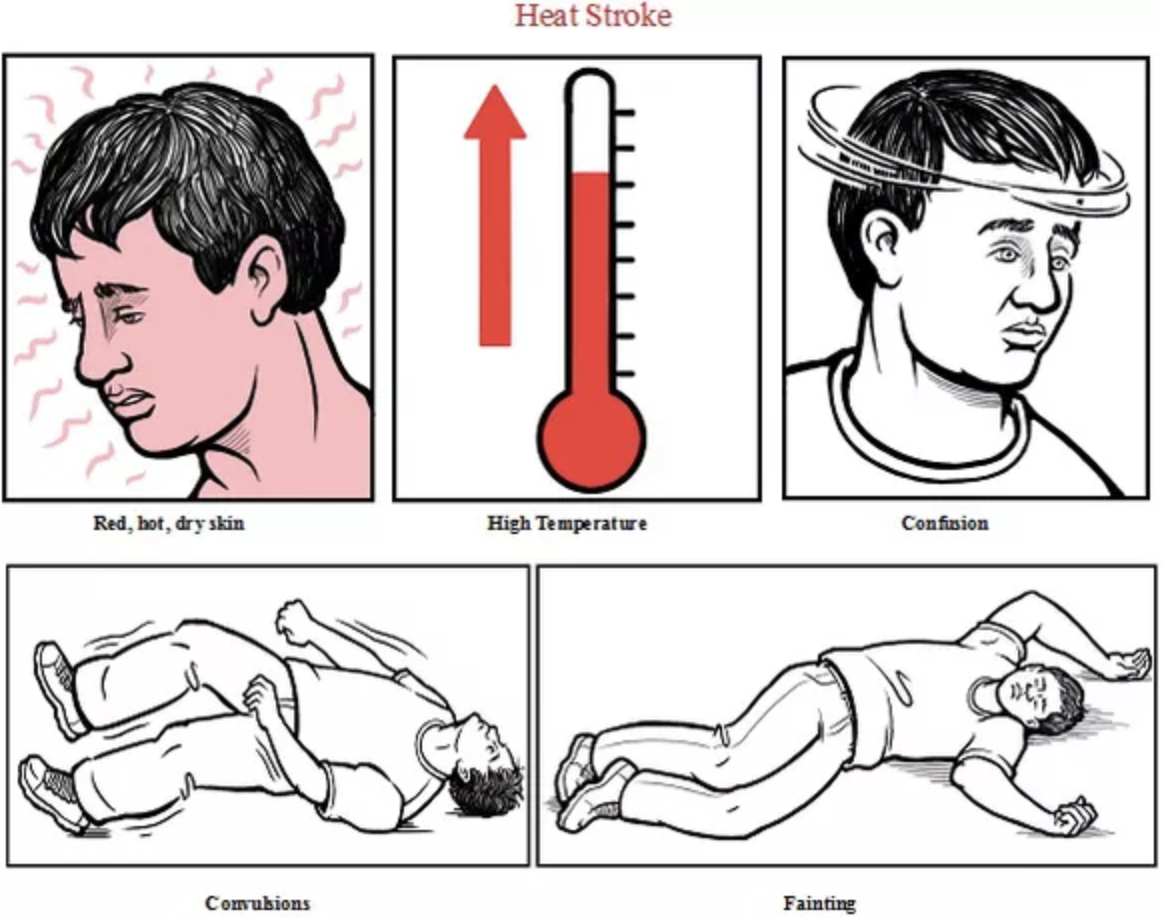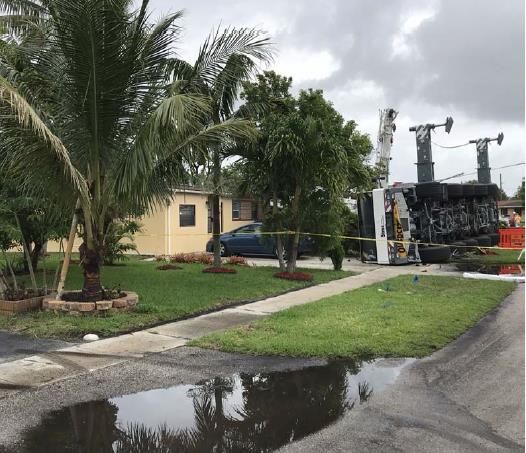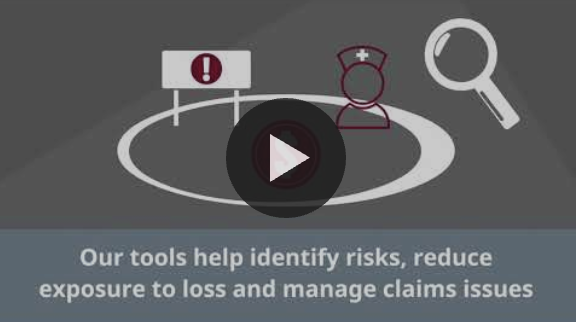Average high temperatures have seen a steady increase across the country over the past couple of decades. The Environmental Protection Agency (EPA) anticipates that average temperatures will continue to increase, and heat waves will become more frequent and impactful. This prediction should encourage all businesses to look at how their employees are exposed to high temperatures, and what they can do to accommodate.
Businesses with employees who perform work in moderate to high temperatures or humid conditions, especially where increased heart rate and perspiration are concerned, must be given the necessary tools to recognize, understand, and prevent heat stress illnesses.
There are four common disorders which surface as a result of heat stress, ranging from mild discomfort to life-threatening conditions:
1- Heat rash is the most common ailment which occurs while working in the heat. It is also called “prickly heat.” Symptoms include red, blotchy, itchy skin, particularly in areas of the body with high perspiration, and a prickling sensation. Rashes which aren’t cleaned thoroughly and frequently may become infected. Moving to a cool environment, cleaning the affected area with cool water, and complete drying are often effective treatments.
2 – Heat cramps occur as a result of salt being lost through perspiration. They are painful muscle spasms causing lumps in the affected muscles, usually the back, legs, and arms. The pain can be severe enough to greatly inhibit movement. Workers should cease activities to tend to cramps as soon as they feel them. Stretching and massaging the affected muscle as well as replacing salt by drinking electrolyte replacement fluids are useful techniques in tending to heat cramps.
3 – Heat exhaustion is a dangerous result of heat stress which can lead to a heat stroke if not treated promptly with first aid. It happens when the body is so overexerted that it cannot supply blood simultaneously to vital organs and the skin for temperature regulations. Inflicted workers may experience weakness, headache, breathlessness, nausea, vomiting, faintness, or loss of consciousness. Call 911 and move workers exhibiting these symptoms to a cool place and give them water to drink. Remove any clothing that isn’t necessary and loosen other clothing. Shower or sponge them down with cool water. It will take at least 30 minutes for the body to cool down after experiencing heat exhaustion.
4 – Heat stroke is a disorder which requires immediate medical attention, and can lead rapidly to fatality if not treated quickly. A person experiencing a heat stroke may experience confusion, hot, dry skin, high body temperatures, lack of sweating, irrational behavior, convulsions, and/or a loss of consciousness. Call 911 right away and take the victim to a cool area to immerse or shower them with cool water. Wrap them in wet sheets and fan them until you can transport them to a hospital or an ambulance arrives.
Knowledge can mean the difference between life and death during a critical victimization of heat stress. Workers should understand the nature and symptoms of heat-related illnesses both in a sense of recognizing them in themselves, and when a coworker is suffering. In many cases, a quick and efficient response can save a heat stress victim from numerous long-term effects that would have otherwise occurred had symptoms gone untreated. Proper training and a strong Heat Stress Prevention Program will help protect worker health year round.






